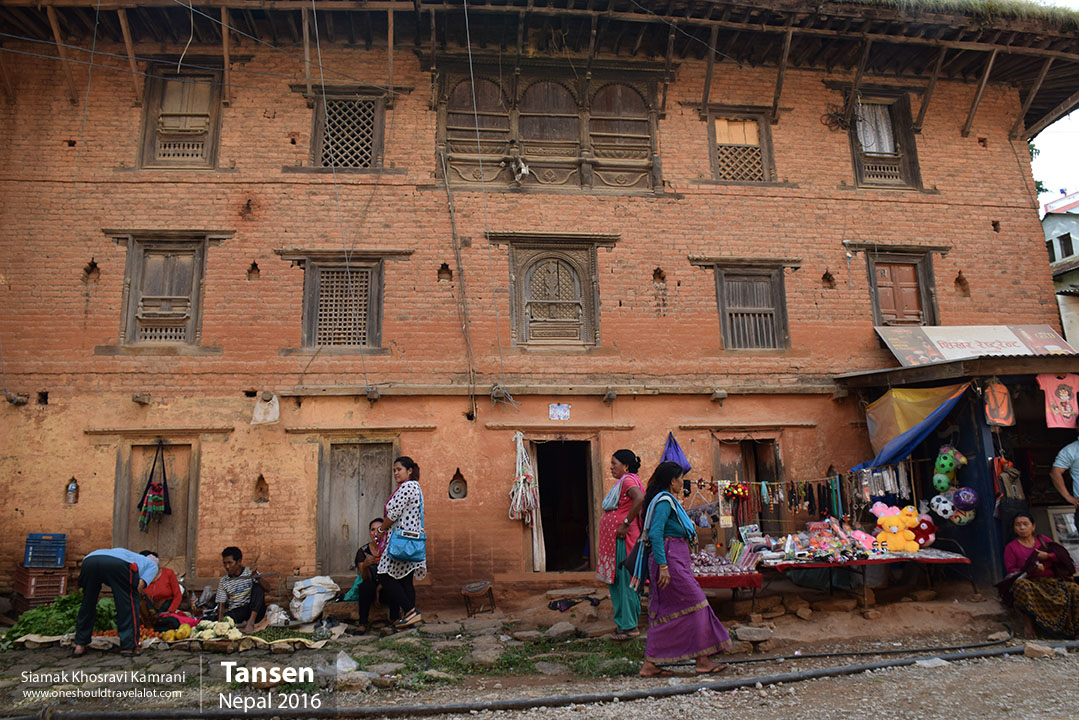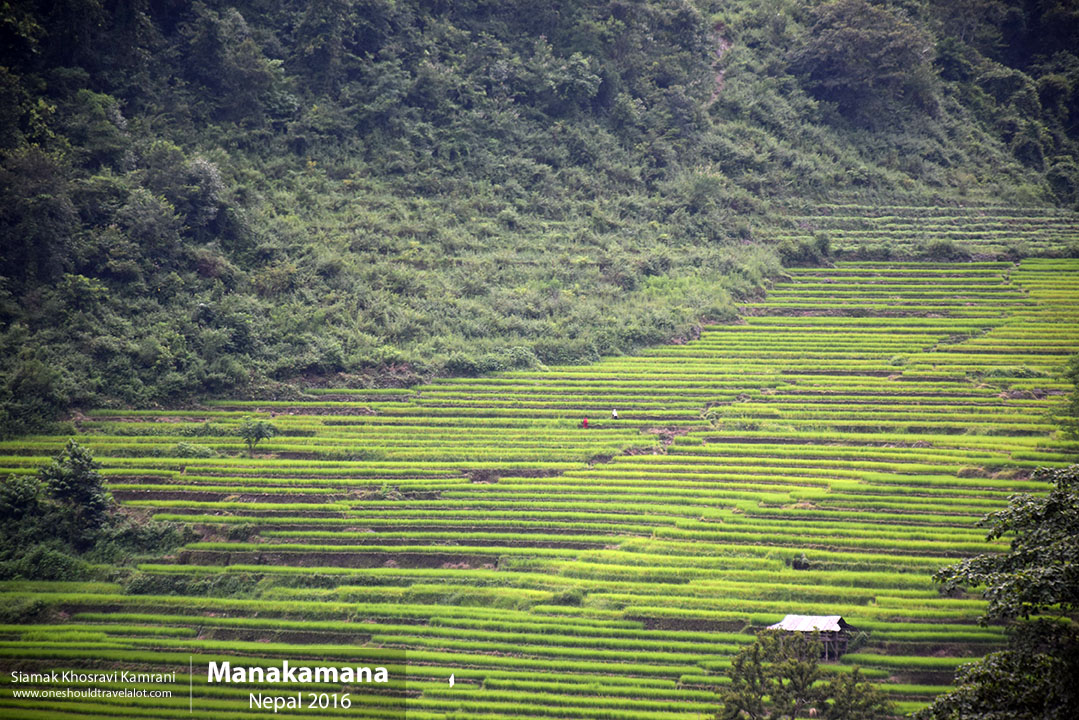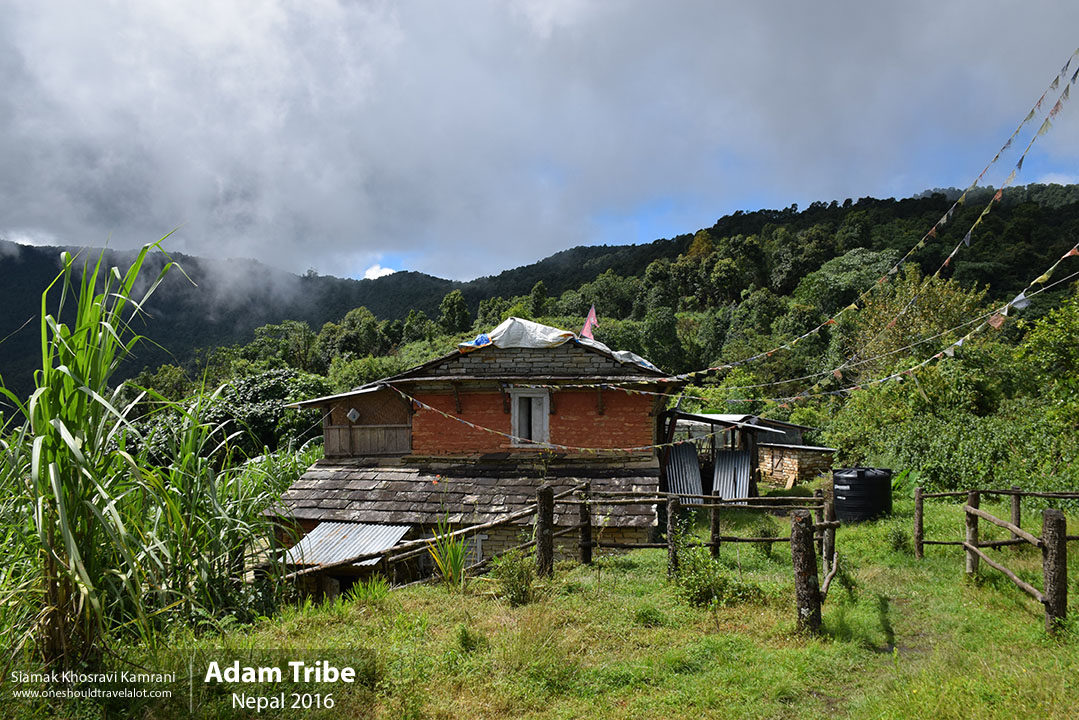Discovering Dobhan: A Photographer’s Journey
Arrival in Dobhan
Nestled in the heart of Nepal, Dobhan is a small, enchanting village that seems almost suspended in time. As a photographer with a passion for capturing the world’s hidden gems, I was instantly drawn to Dobhan’s serene beauty and rich cultural tapestry. The journey to Dobhan itself is an adventure, involving a scenic drive through the lush, rolling hills of the Nepalese countryside, followed by a hike along the verdant trails that wind through the Annapurna Conservation Area.
The Heartbeat of Dobhan: Its People and Culture
As I set foot in Dobhan, I was greeted by the warm smiles of the local Gurung community. The Gurung people are known for their hospitality, and I quickly felt at home. Their traditional houses, with their distinct architecture, painted a picture of simplicity and harmony with nature. The walls are often adorned with vibrant prayer flags that flutter in the breeze, adding splashes of color to the earthy tones of the village.
The Gurung language fills the air with melodic sounds, creating a comforting background as I explore the village. While Nepali is widely spoken, the Gurung language is a vital part of the community’s identity. It’s fascinating to witness the intergenerational transmission of this language, as children play in the streets and elders share stories in the local tea houses.
Capturing Dobhan’s Natural Beauty
The landscape around Dobhan is nothing short of breathtaking. The village is perched along the banks of the Modi Khola River, which flows with a serene grace, its waters glistening under the sun. The river is both a lifeline and a muse, providing sustenance and inspiration to the villagers. Early mornings are particularly magical, as the mist rises from the water, creating a mystical atmosphere perfect for photography.
I spent my mornings capturing the soft, golden light that bathes the village and its surroundings. The terraced fields, meticulously carved into the hillsides, reflect the sun’s rays, creating a patchwork of green and gold. These fields are a testament to the hard work and dedication of the local farmers, who cultivate crops such as rice, maize, and millet.
The Rhythms of Daily Life
Life in Dobhan follows a gentle, unhurried pace, dictated by the rhythms of nature. The villagers rise with the sun, starting their day with rituals that have been passed down through generations. One of the highlights of my stay was photographing the early morning rituals at the local gompa (Buddhist monastery). The sound of monks chanting prayers, accompanied by the deep resonance of traditional instruments, creates a spiritual ambiance that is deeply moving.
As the day progresses, the village comes alive with various activities. Women can be seen weaving traditional fabrics on wooden looms, their hands moving with practiced ease. The intricate patterns and vibrant colors of the textiles reflect the cultural heritage of the Gurung people. I was fortunate enough to capture these moments, preserving the artistry and skill of these women through my lens.
Exploring the Surrounding Trails
Dobhan serves as a gateway to some of the most stunning trekking routes in Nepal. I took the opportunity to explore the trails that lead to higher altitudes, each step revealing more of the region’s natural splendor. The lush rhododendron forests, with their bright blooms, provide a stark contrast to the snow-capped peaks that tower in the distance.
One of the most rewarding hikes is to the nearby village of Chomrong, which offers panoramic views of the Annapurna massif. The journey is challenging but immensely rewarding, with every turn presenting a new photographic opportunity. The interplay of light and shadow on the rugged terrain creates dramatic scenes that are a dream for any photographer.
The Flavors of Dobhan
No visit to Dobhan would be complete without indulging in the local cuisine. The flavors of Nepalese food are a delightful blend of spices and fresh ingredients, reflecting the country’s diverse cultural influences. I was invited into the home of a local family, where I experienced the warmth of Gurung hospitality firsthand.
The meal began with a serving of dal bhat, a traditional dish consisting of lentil soup, rice, and an assortment of vegetables. The simplicity of the ingredients belies the rich flavors that dance on the palate. Accompanying the dal bhat were momos, delicious dumplings filled with a mixture of meat and spices, and sel roti, a sweet, ring-shaped bread that is crispy on the outside and soft on the inside.
A Photographer’s Reflection
As my time in Dobhan drew to a close, I found myself reflecting on the profound beauty and tranquility of this village. Dobhan is a place where time seems to stand still, allowing you to immerse yourself fully in the moment. The photographs I captured here are not just images; they are memories of a journey that touched my soul.
The people of Dobhan, with their warmth and generosity, left an indelible mark on my heart. Their way of life, so deeply connected to nature and tradition, offers a valuable lesson in simplicity and contentment. As I packed my bags and prepared to leave, I knew that Dobhan would always hold a special place in my photographic journey.
Practical Tips for Visiting Dobhan
How to Get There
Dobhan is accessible by road from Pokhara, a major city in Nepal. The drive takes you through picturesque landscapes and is best done with a private vehicle or a guided tour. From the road, a hike of several hours will bring you to the village, so be prepared for some trekking.
When to Visit
The best time to visit Dobhan is during the spring (March to May) and autumn (September to November) seasons. The weather is pleasant, and the skies are clear, offering excellent conditions for photography and trekking.
Accommodation
Accommodation in Dobhan is modest, with a few guesthouses and homestays offering basic amenities. Staying with a local family provides a unique cultural experience and a chance to learn more about the Gurung way of life.
What to Pack
When visiting Dobhan, pack light but include essentials such as sturdy trekking shoes, warm clothing, and a good camera with extra batteries and memory cards. Don’t forget to bring a reusable water bottle and some basic first-aid supplies.



